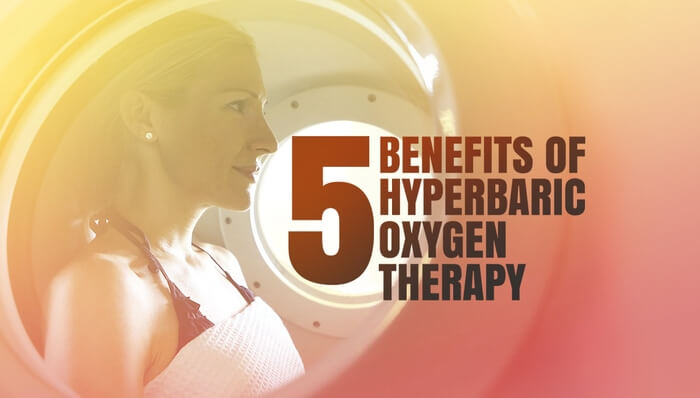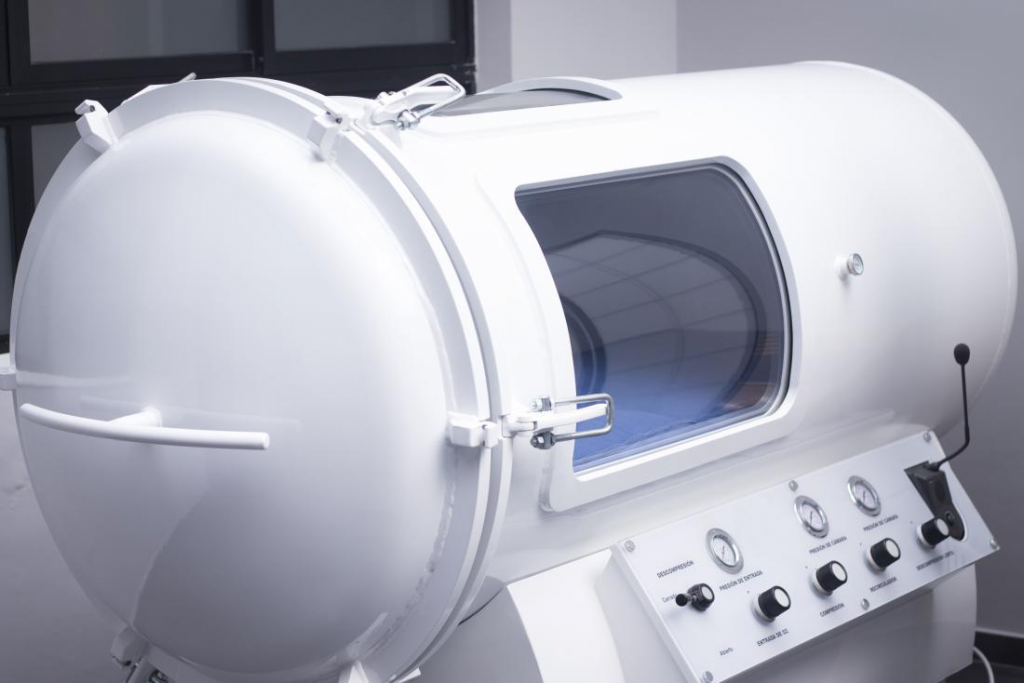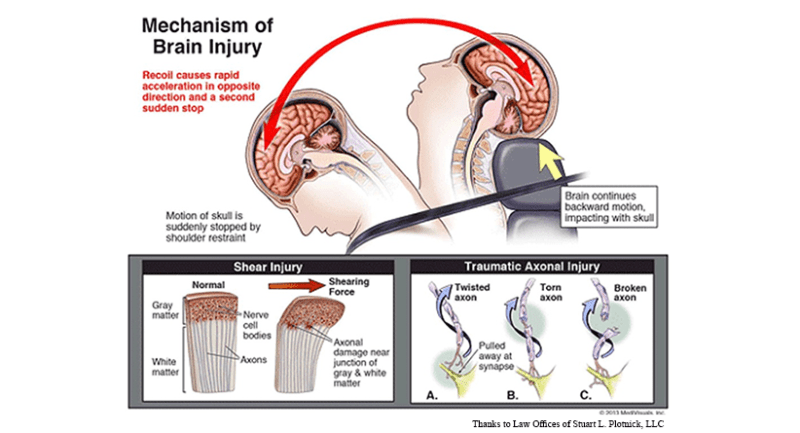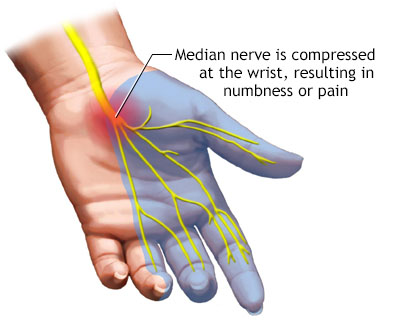Hyperbaric oxygen therapy of 5 benefits 2021
Barotherapy or hyperbaric oxygen (HBOT) is an advanced therapy that promotes natural healing. This non-invasive treatment has been proven to be beneficial in many situations and is a non-hormonal treatment approved by public health authorities specifically for the regeneration of human tissues. Provide patients with a simple and painless oxygen therapy that can relieve symptoms such as inflammation, infection, aging, decompression sickness, and gangrene.
Hyperbaric oxygen therapy is an oxygen therapy that uses pure oxygen and changes the atmospheric pressure. Although it sounds daunting, the process is simple! The patient was placed in a sealed room with a large window, allowing him to be seen from outside the room. When 100% pure oxygen fills the chamber or is supplied to the respiratory system, the atmospheric pressure in the chamber gradually increases. The patient may experience slight changes in the rhythm of breathing and heartbeat. Read on to learn about the best benefits of hyperbaric oxygen therapy.
Hyperbaric oxygen therapy of General strengthening effect
High pressure therapy can play an important role in restoring the patient's body to a healthy state after an accident or physical injury. Patients injured in traffic accidents or other accidents can get relief from the pain and inflammation associated with road traffic accidents or other injuries. Treatment can also help patients fight bacterial infections.
Tissue regeneration
Under certain conditions, high-pressure therapy can provide patients with excellent long-term regeneration effects. Hyperbaric oxygen therapy is sometimes accompanied by stem cell therapy because these therapies can promote each other: in an oxygen-rich environment, the body's natural regeneration process is stimulated, thereby increasing the production of stem cells. It can help damaged tissues to heal.
Test, prove
The research related to hyperbaric oxygen therapy has been conducted for decades, continues to develop, and is recognized by the international medical community. Although different brands of pressure chambers have different research on pressure chambers, accurate data has been collected to confirm the effectiveness of treating a variety of diseases, including inflammation caused by trauma, thermal burns, diver decompression sickness, diabetes, and other diseases , Carbon monoxide poisoning and so on.
Totally relax
High-pressure treatment is gentle and effective, which is helpful for both mild and severely ill patients. Patients suffering from chronic pain find salvation in oxygen therapy because the process is simple, calm and even meditative. Hyperbaric oxygen therapy can also help men and women seeking non-surgical methods to combat aging. Long-term hypertension therapy can provide anti-aging benefits similar to serious medications such as botulinum. The difference between the results (and the price tag!) always favors hyperbaric oxygen.
Safe and reliable
Only experts can use the pressure chamber. These state-of-the-art cameras and their ancillary equipment require in-depth medical knowledge, so patients can rest in the room knowing that they are properly handled. The practical benefits of hyperbaric oxygen therapy include affordability (the cost of a course is much lower than other advanced medical procedures), convenience (patients only need to lie down and rest indoors), and the shortest time (the course usually lasts about an hour, sometimes less).












-1.png)